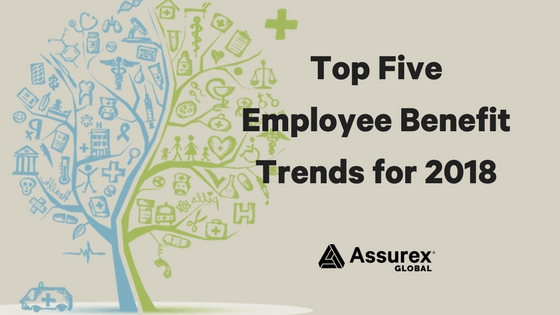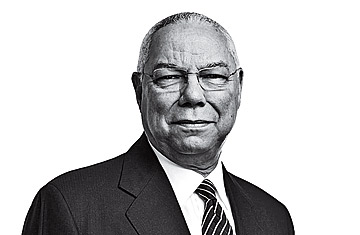Here are five key developments that employers offering employee benefit packages should monitor in the coming year.
Benefit packages for the multi-generational workforce
While the millennial generation has garnered much of the attention the past few years, Gen Z workers are coming quickly. Despite the labels, employees don’t think of themselves as generations. They’ll look for benefits that fit with different phases of life. Employers should consider tailoring benefit packages and providing varying communication mediums.
Evolving role of the U.S. health insurers
With a number of transactions set for this year (e.g. CVS-Aetna), the role of the health insurer is quickly moving from paying claims and supplying provider networks to providing and managing almost all patient care. Employers will need to understand how this shift might impact their employees.
Greater focus on financial wellness
The idea of financial wellness is not new, but we anticipate even greater emphasis on expanding the notion this year. The hot product for many millennials is student loan repayment. Other solutions such as voluntary insurance products and education will serve many generations. Employers should determine what their own population will desire.
Embracing data to enhance decision making
Companies know they need data to maximize their business and grow revenue. However, many don’t fully utilize data to better manage their benefit plans and engage their employees. As health care costs continue to outpace general inflation and wage growth, employers will need data to understand the health of their population and design programs to address gaps.
Pharmacy
While pharmacy claim trends are moderating relative to prior years, the concern remains continued growth in costs, due primarily to an increased number of specialty medications coming to market. The escalating opioid crisis is also of grave concern. Managing the pharmacy plan will require an aggressive approach and constant supervision.
Content thanks to Assurex Global.










